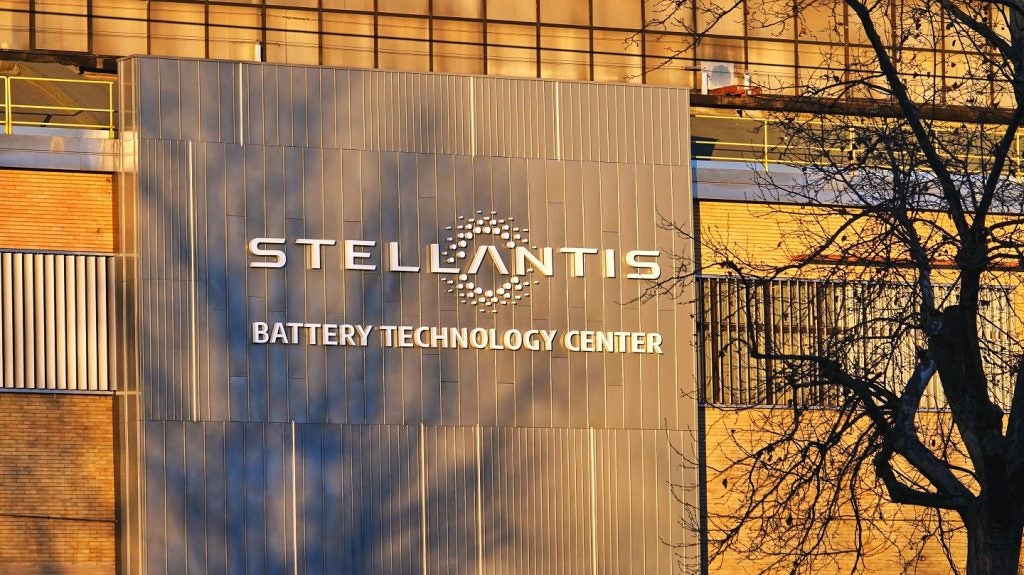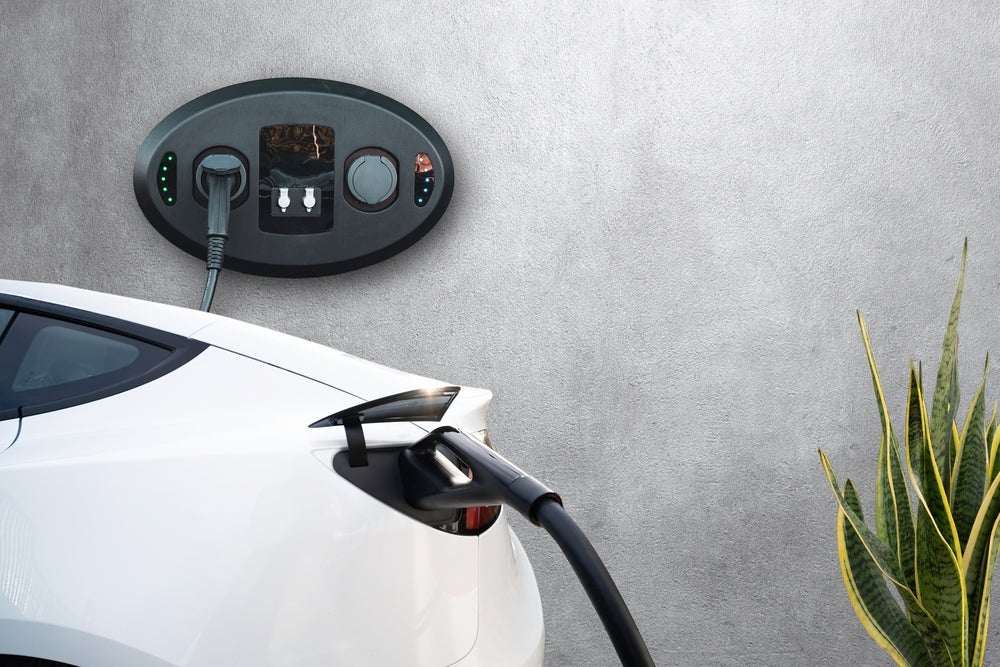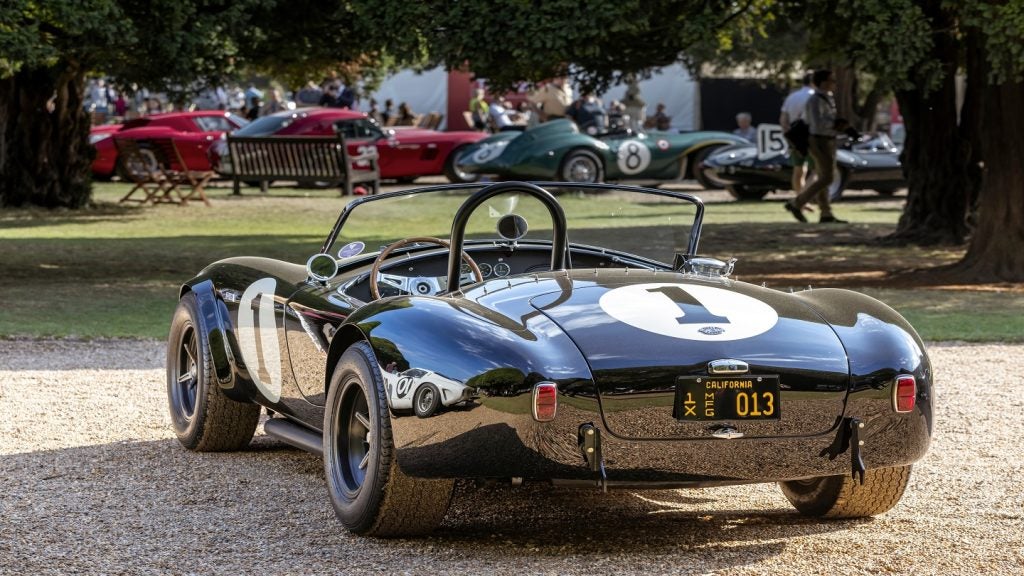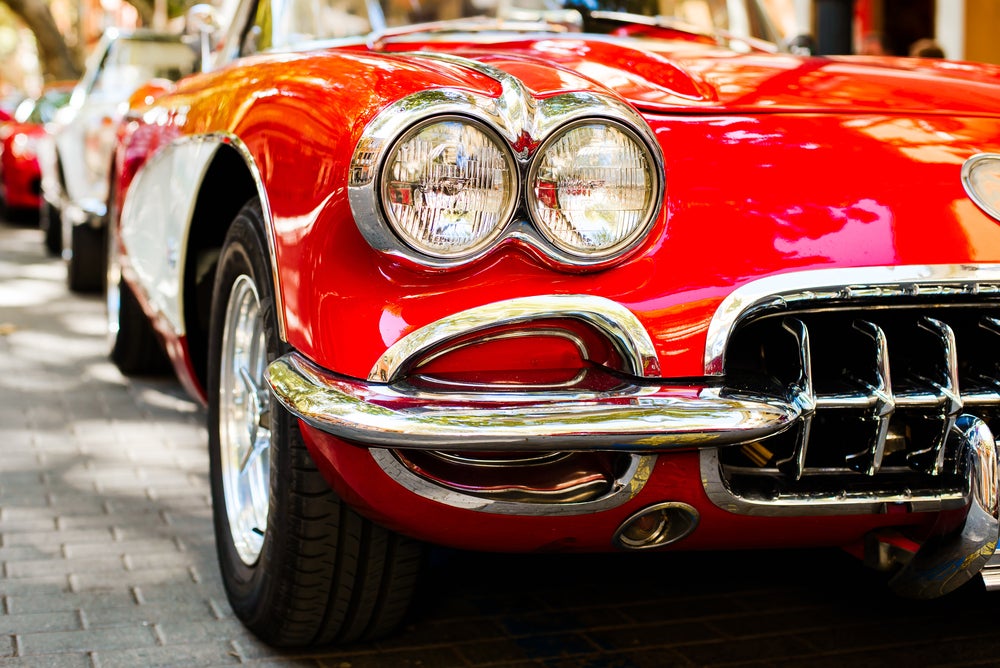
On the 28th of March, the European Union agreed to approve legislation that would end the sale of new carbon-emitting vehicles by 2035. However, following lobbying from Germany, an exemption was included in the legislation. Cars with internal combustion engines that run on e-fuels will continue to be allowed.
The consequences of this loophole will be widespread, but one sector that may have reason for celebration is the vintage and classic car sector.
However, even in the face of the energy transition, those working in the vintage and classic car sectors have not been concerned.
“We see vintage and classic cars as almost a separate group that won’t be affected. If you look at what London has done with ULEZs, they see classic cars as a grouping of their own,” points out Peter Brook, CEO of Oracle Finance, a North Yorkshire-based funder of prestige, sports and classic cars. “Because it’s such a small sector, the pollution they generate has very little impact. I think that’s how Europe will end up looking at classic cars.”
Tom Senior, Director of Classic, Vintage & Sports Car Finance at Cambridge & Counties Bank, is also unfazed by the prospect of the energy transition.
“In our view, this should not impact the vintage or classic car sector in any material way,” he tells us. “Indeed, our belief is that the values of many ICE cars are likely to increase as we get closer to the deadline. As people buy what they know, they will continue to be drawn to historic ICE vehicles, and remain committed to keeping these assets for a very long time.”
How well do you really know your competitors?
Access the most comprehensive Company Profiles on the market, powered by GlobalData. Save hours of research. Gain competitive edge.

Thank you!
Your download email will arrive shortly
Not ready to buy yet? Download a free sample
We are confident about the unique quality of our Company Profiles. However, we want you to make the most beneficial decision for your business, so we offer a free sample that you can download by submitting the below form
By GlobalDataSenior also argues that, given their age, many vintage cars can actually be considered a more sustainable alternative.
“We need to remember that the carbon emissions from the construction of classic and vintage cars are long ‘sunk’ – they are the archetypal example of the ‘make do and mend’ ethos, using in most cases existing parts,” Senior argues. “They also do fewer miles than the typical family car, so emissions are lower annually despite usually higher-emitting engines.”
The ban on new ICEs is set to come into force in the UK in 2030, earlier than the EU’s 2035 deadline. But Senior points out that the ban is on new vehicles only: it does not apply to existing ICE cars.
“There is nothing stopping someone from buying a vintage, classic or any type of ICE car at the end of 2029 and running it for decades – as long as the appropriate fuel is available,” he insists.
Even where legislation does apply to existing ICE vehicles, Brook is optimistic that exceptions can be made for classic cars. However, the definition of “classic” will be down to the legislators.
“There will be an overall transition over a period of probably a decade where any new vehicle will be either able to run on some form of e-fuel or it will be electric,” Brook says. “Existing vehicles will have a ten-year period of washout. Beyond that, it depends on when the legislation comes in and they will define what a classic car looks like. It is similar to the exemption for MOTs on classic cars. The legislation already exists to a certain extent.”
Are e-fuels the answer?
e-fuels, as the name suggests, are electricity-based fuels or biogenic synthetic fuels that present a possible alternative to conventional liquid fuels. Their advocates argue that they are ideally suited to reducing CO2 emissions decisively and affordably.
“’E-fuels’ is a generic term for fuels that have been made without using oil, and cars that can run on e-fuels are – so far – exempt from the EU 2035 deadline,” Senior explains. “This is not the case in the UK, where no such exemption currently exists. They have been exempted because they are designed to be carbon neutral or even negative.”
“Carbon negative” means the process of making e-fuels absorbs more carbon than is released by burning it in an ICE engine.
“For instance, the Porsche e-fuels project uses carbon capture from the atmosphere in the process and emits very little in the production,” Senior points out.
Most e-fuel production is created through hydrogen extraction. It uses an electrolysis process that breaks water down into its hydrogen and oxygen components. From there, a second process, such as Fischer-Tropsch synthesis, combines the hydrogen with CO2 extracted from the air and then converts both chemicals into a liquid energy carrier. That is the e-fuel.
The process is considered an “electricity to liquid” process, taking power and using it to create an easy-to-store-and-transport liquid that can fuel vehicles.
Brook does wonder why a similar exception for these fuels has not been made in the UK.
“It is interesting that we have not adopted that as a stance,” Brook says. “There is not a single expert who understands the infrastructure who thinks we will be ready to meet the 2030 deadline. Manufacturers have had 120 years of R&D on the internal combustion engine. To say that stops there, it just doesn’t make any level of sense at all.”
Europe’s exemption offers a potential third way by saying that an e-fuel or green fuel will suffice, which Brook argues is a better alternative than implementing a stark deadline that will ultimately fail.
“Manufacturers such as Porsche, Ferrari, and some of the more specialist manufacturers, are looking at this and saying why not go with a green fuel or e-fuel?” Brook says. “It makes total sense. To produce a petrol vehicle or a diesel vehicle that can run on e-fuel is a lot greener than digging things out of the ground to produce batteries with metals that aren’t necessarily healthy for the environment.”
Brook also argues that the benefits of e-fuels extend into the disposal of the fuel, compared with batteries.
“We already have a fuel disposal process for motor vehicles as they stand. So, from a global perspective it makes much more sense to retain what we’ve got,” he says. “Manufacturers are working hard to produce a carbon-neutral end-to-end lifespan for a car. We have had meetings with the likes of BMW, and that has been their thought process.”
As well as providing a potentially eco-friendly option for new ICE vehicles, e-fuels also offer hope for vintage cars. After all, while existing ICE vehicles may be exempt from the deadline, that will not do them much good if there is no fuel to run them.
“The expectation is that all ICE engine cars, particularly petrol, will be able to run on e-fuels,” Senior says. “There should be no retrofitting or modification required.”
E-fuels come with their own drawbacks, however, as Senior readily acknowledges. Much like with EVs, the biggest hurdle to overcome is one of supply.
“This is a new technology currently in its infancy and as such the volumes being made are a fraction of the requirement in the UK or EU currently,” Senior says. “As a result, it is expensive, currently at between £4 to £10 per litre. Like all things, as supply volumes increase then the price is likely to fall, and as such it will likely become more cost-competitive for the owners of all types of vehicles, including classic and vintage cars.”
The owners of classic and vintage cars tend to be more affluent and able to absorb higher price points, making them an obvious primary market for e-fuels.
“Given this general wealth profile of owners and the limited mileage classic and vintage cars do, I can see many owners using e-fuels in the future subject to the ability to obtain it,” Senior says.
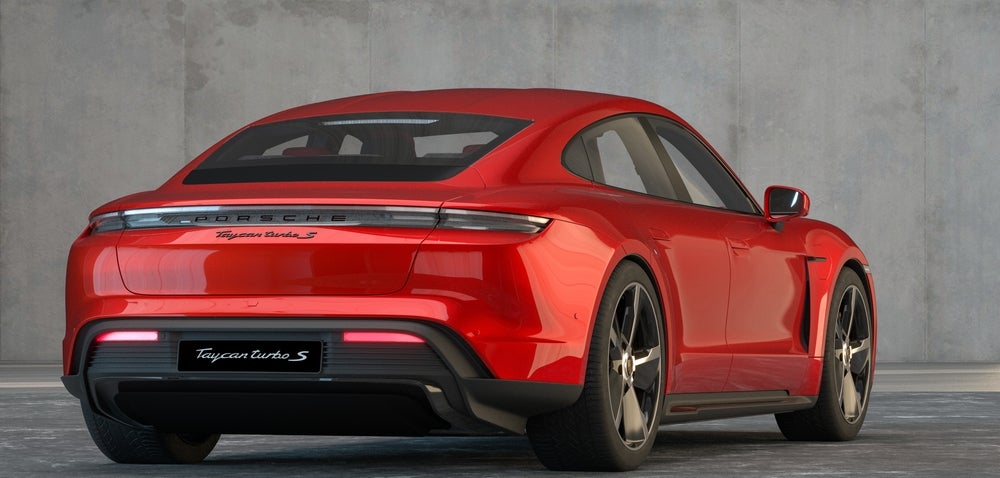
Another alternative?
E-fuels are not the only potential green fuel alternative available, however. While Germany was lobbying for e-fuels to be allowed past the 2035 deadline, Italy has been pushing for a similar loophole for biofuel-enabled vehicles.
“I recently saw a famous YouTube car enthusiast pledge to fuel all his cars on a new biofuel, but it required a space to safely store large oil drums with your cars and manual pumping, which is clearly not for the everyday user,” Senior says.
“It will ultimately require adequate supply and the political will to be widely adopted. It is notable that Germany and Italy, Europe’s two motoring powerhouses, both seem to be trying to make a rational argument for continuing usage of ICE cars; likewise, Toyota in Japan is still developing ICE technology that is ever more efficient. We should probably acknowledge that the ICE has well over 100 years of innovation and each new iteration emits less Co2 and is more efficient – even big, heavy luxury BMWs can achieve 60 mpg now, when only recently this was the preserve of smaller-engined ‘city’ cars.”
The main obstacle to biofuels is in the “bio” part of the name.
“The problem with biofuel is you end up in a situation where you are competing against the agricultural industry, changing the focus from producing food to fuel, and that brings other issues with it,” Brook says.
Either way, if there is one thing that remains true about the owners of vintage and classic cars it is that they care about their vehicles. Regardless of the latest legislation, they will not just stick any old liquid in their pride and joy.
“Classic and vintage car owners are very protective of their cars, but at the same time most will be very conscious of the environment,” Senior says. “If e-fuels can be used without any detriment to the engine then they are likely to be willing adopters. This will only grow as the cost of e-fuels reduces as more availability comes on stream.”
Ultimately, that same care and attention to their vehicles are what makes vintage cars a potentially more sustainable option than their less-vintage ICE counterparts.
“Classic and vintage cars, having been built decades ago and kept on the road by skilled mechanics, can have a lower emissions profile than people expect,” Senior points out.
“The market is very much the same as it has ever been and will continue to do so with a steady price increase,” Brook says. “Nobody knows what’s over the hill exactly, but people recognise fuel will still be available for those vehicles. It will be expensive but these vehicles have a low mileage anyway.”
However things unfold, Senior is confident that vintage cars are going nowhere.
“We do not see a point in the foreseeable future where you won’t be able to fuel your existing ICE vintage and classic car,” Senior says. “These will remain highly valuable, highly attractive assets that for many people, owners and collectors are more akin to works of high-performance art than cars.”
If Europe and other key markets ban all ICE cars from being powered by oil, there remains the hope that e-fuels and modern biofuels will replace it. Senior believes it is highly possible that a general reduction in ICE cars will continue in the mainstream, but the vintage and classic segment will continue without too much issue.
But even in the most extreme scenarios, vintage vehicles are going nowhere.
“If harder bans on ICEs come into play, there are already a number of niche manufacturers who can retrofit EV powertrains into most classic and vintage cars without destroying the fabric of the car and leaving it able to be put back in its original configuration,” Senior says. “Such innovations, adaptions and clever thinking is a hallmark of the classic and vintage segment.”
Senior points out that Cambridge & Counties Bank has continued to see strong demand for the finance of traditional, ICE-based classic and vintage vehicles. He argues the market is still very attractive to buyers, specialists and collectors.
“We have seen growing demand for finance for select, high-end EVs such as Porsche Taycans,” Senior says. “Demand for traditional vehicles is still higher, but we are well positioned if and when the demand curve shifts.”
Of course, the real question is, in the long term, will the latest generation of EVs ever be considered vintage in their own right?
Biofuel for classic vehicles for sale in the UK
European e-fuel policy could save classic and historic cars
Great news for petrolheads: E-fuels are making inroads
JBR Capital records best ever winter to date



